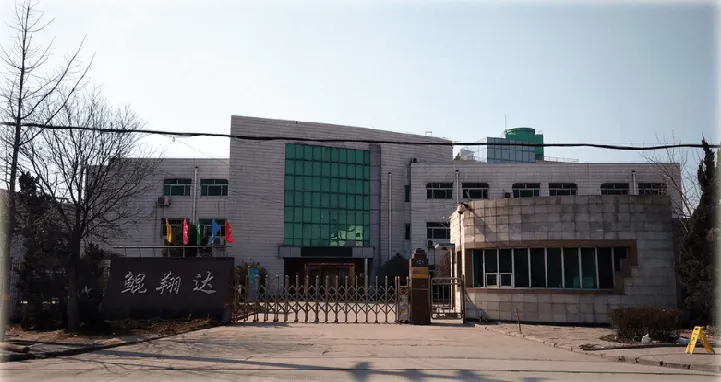Chemical Cooling Tower Water Treatment Ensuring Efficiency and Longevity
Cooling towers are vital components in various industrial processes, helping to dissipate heat from equipment and maintain optimal operating temperatures. However, to ensure their efficiency and longevity, proper water treatment is crucial. Chemical treatment of cooling tower water involves a systematic approach to control scale, corrosion, and biological growth, thereby enhancing the overall performance of the cooling system.
Understanding Water Treatment in Cooling Towers
Freshwater is often used in cooling towers, but as it circulates, it can become contaminated with minerals, algae, and microorganisms. These impurities can lead to several problems, including scale buildup on heat exchange surfaces, corrosion of metallic components, and clogs in the system due to biological growth. The goal of chemical water treatment is to mitigate these issues through the application of various chemical agents.
Key Challenges and Solutions
1. Scaling As water evaporates in the cooling tower, dissolved solids remain and concentrate, leading to scale formation. Common scaling agents include calcium and magnesium. To combat this, scale inhibitors, such as phosphonates or polymers, can be added to the water. These chemicals work by interfering with the crystallization process, preventing scale from adhering to surfaces.
2. Corrosion Metallic parts of cooling systems, including pipes and heat exchangers, are prone to corrosion, especially when exposed to oxygen and certain corrosive ions. To minimize corrosion, corrosion inhibitors, such as amines or phosphates, are introduced to form a protective film on metal surfaces. This barrier significantly reduces metal degradation and extends the lifespan of cooling system components.
3. Biological Growth Cooling towers are ideal environments for algae and bacteria due to the warm, moist conditions. Biological growth can lead to biofilm formation, which can disrupt heat transfer and clog water flow. Biocides, including chlorine, bromine, or non-oxidizing agents, are typically employed to control microbial populations. Regular monitoring and the strategic application of biocides can keep biological growth in check.
The Water Treatment Process
chemical cooling tower water treatment

The treatment process generally involves several key steps
- Testing and Analysis Before treatment begins, water samples are analyzed to determine the concentration of scale-forming minerals, corrosion-causing ions, and microbial activity. This analysis helps tailor a treatment program that addresses the specific needs of the system.
- Chemical Addition Based on the analysis, appropriate chemicals are added to the water. These might include scale inhibitors, corrosion inhibitors, and biocides. Adjustments are made depending on the testing results to maintain optimal concentrations of each treatment chemical.
- Monitoring and Control Continuous monitoring is essential for effective water treatment. Regular testing ensures that chemical concentrations remain within the required limits. Automated systems can help maintain precise control over chemical dosing, reducing human error and ensuring consistent water quality.
- Periodic Maintenance In addition to chemical treatment, regular maintenance of the cooling tower is crucial. This includes cleaning of components, inspection for leaks, and ensuring proper water flow. Neglecting physical maintenance can undermine the effectiveness of chemical treatments and lead to system failures.
Environmental Considerations
In recent years, there has been a growing emphasis on sustainability in water treatment processes. Many industries are now looking for eco-friendly chemicals and methods to reduce the environmental impact of cooling tower operations. Options such as biodegradable biocides and water recycling systems are being adopted to align with ecological standards while maintaining efficiency.
Conclusion
Chemical cooling tower water treatment is essential for ensuring the efficiency and longevity of cooling systems in various industries. By addressing challenges such as scaling, corrosion, and biological growth through carefully controlled chemical applications, businesses can optimize their operations, reduce downtime, and extend the life of their cooling towers. As the industry evolves, embracing sustainable practices will further enhance the effectiveness of these systems while protecting our environment. Efficient water treatment not only maximizes performance but also contributes to responsible resource management, reflecting a commitment to both operational excellence and environmental stewardship.

